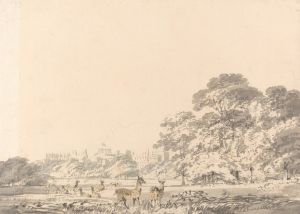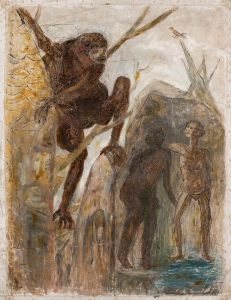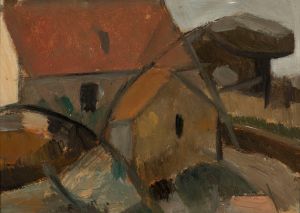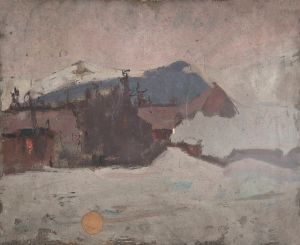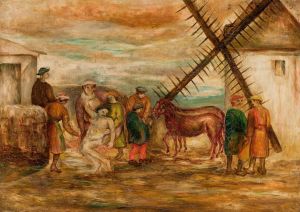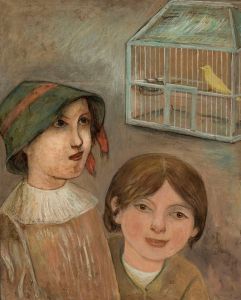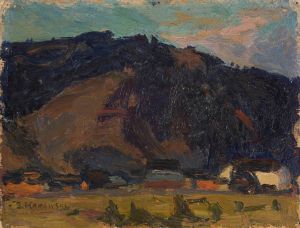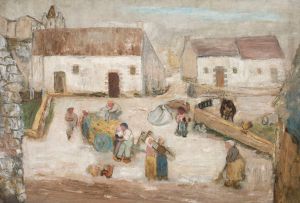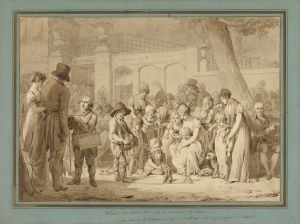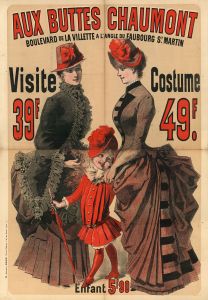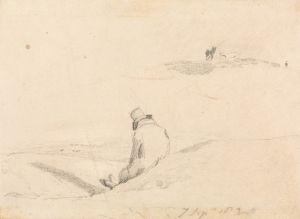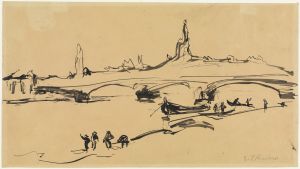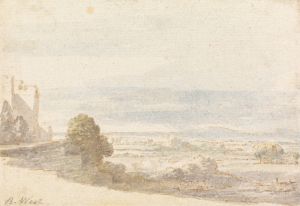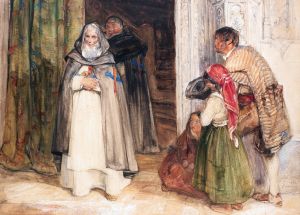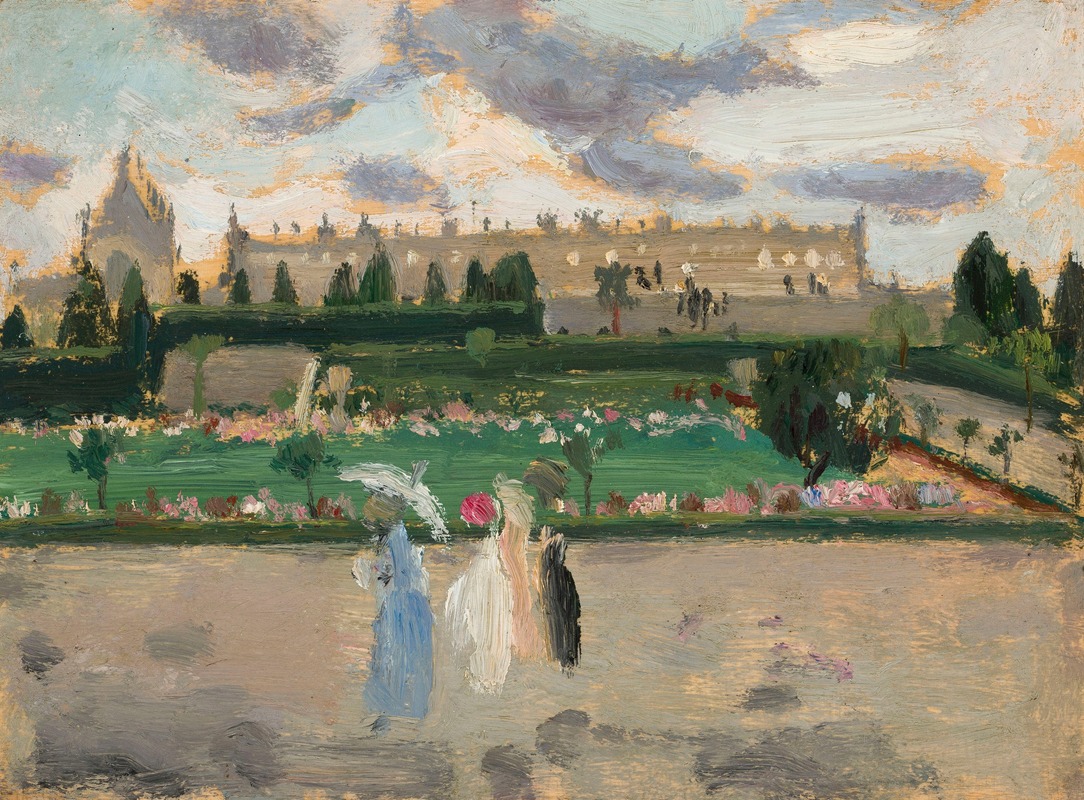
Pejzaż miejski
A hand-painted replica of Tadeusz Makowski’s masterpiece Pejzaż miejski, meticulously crafted by professional artists to capture the true essence of the original. Each piece is created with museum-quality canvas and rare mineral pigments, carefully painted by experienced artists with delicate brushstrokes and rich, layered colors to perfectly recreate the texture of the original artwork. Unlike machine-printed reproductions, this hand-painted version brings the painting to life, infused with the artist’s emotions and skill in every stroke. Whether for personal collection or home decoration, it instantly elevates the artistic atmosphere of any space.
Tadeusz Makowski was a Polish painter known for his unique style that combined elements of Post-Impressionism and Cubism. Born in 1882 in Oświęcim, Poland, Makowski initially pursued studies in classical philology before turning to art. He studied at the Academy of Fine Arts in Kraków under the tutelage of Józef Mehoffer and Jan Stanisławski. In 1908, Makowski moved to Paris, where he became part of the vibrant artistic community and was influenced by the avant-garde movements of the time.
"Pejzaż miejski" (Urban Landscape) is one of Makowski's notable works, reflecting his distinctive approach to painting. While specific details about this particular painting are scarce, Makowski's body of work often features simplified forms and a muted color palette, which can be seen as a blend of his academic training and the modernist influences he absorbed in Paris. His style is characterized by a childlike simplicity and a focus on geometric shapes, which he used to depict both urban and rural scenes.
Makowski's work is often described as having a poetic quality, with a sense of nostalgia and innocence. This is evident in his depictions of urban landscapes, where he captures the essence of city life through a lens that is both whimsical and introspective. His paintings frequently include figures that resemble marionettes or dolls, which contribute to the dreamlike atmosphere of his work.
During his time in Paris, Makowski was influenced by the works of artists such as Paul Cézanne and the Cubists, including Pablo Picasso and Georges Braque. However, he developed his own unique style that set him apart from his contemporaries. Makowski's paintings often feature a harmonious balance between form and color, with a focus on the emotional impact of the scene rather than a realistic representation.
Makowski's contribution to art is significant, as he managed to create a distinctive voice within the modernist movement. His works are housed in various collections, including the National Museum in Warsaw and the Musée National d'Art Moderne in Paris. Despite the challenges he faced during his lifetime, including the outbreak of World War I and the subsequent political turmoil in Europe, Makowski continued to produce art that resonated with audiences for its sincerity and depth.
"Pejzaż miejski" exemplifies Makowski's ability to capture the essence of a scene with minimalistic yet expressive techniques. His work remains an important part of Polish art history and continues to be studied and appreciated for its innovative approach and emotional resonance. While specific details about "Pejzaż miejski" are limited, it stands as a testament to Makowski's skill in transforming everyday scenes into works of art that evoke a sense of wonder and contemplation.





